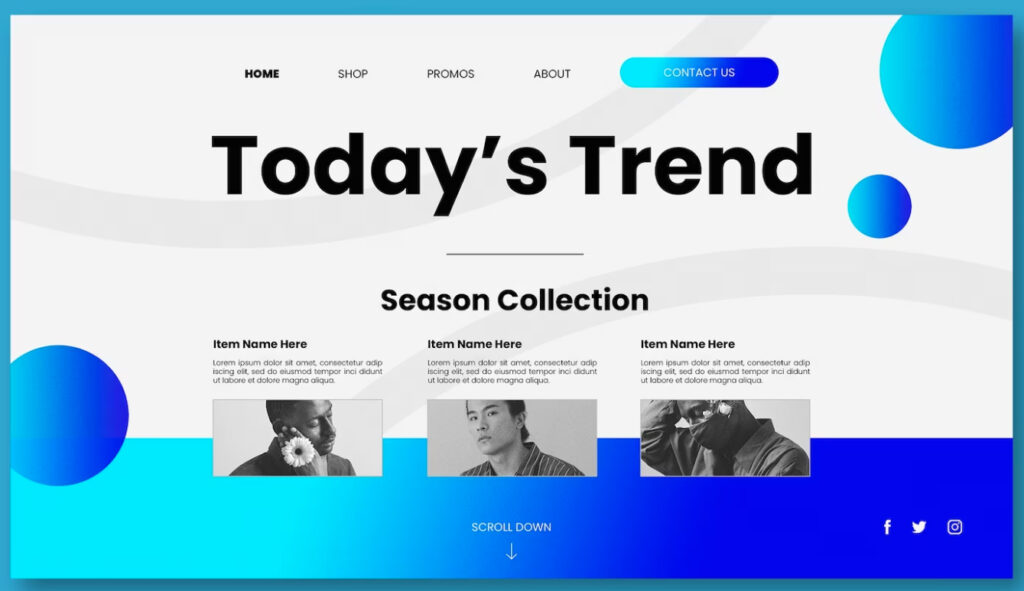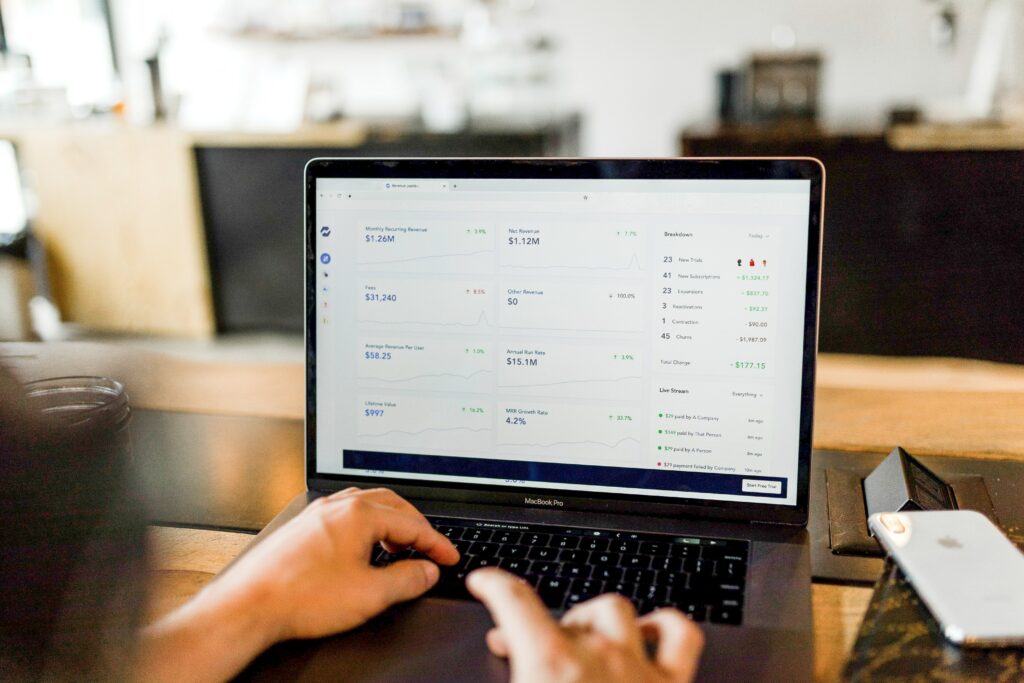Landing pages are standalone web pages designed specifically for a marketing or advertising campaign. They are meant to direct visitors to take a specific action, such as making a purchase, filling out a form, or subscribing to a newsletter. Landing page optimization is crucial for the success of your PPC campaigns. A well-designed and optimized landing page can improve your conversion rate, increase your ROI, and provide a better user experience for your visitors.
Landing Page Design Best Practices
Your landing page should have a simple and clean design that is easy on the eyes and not distracting. Use white space, a limited color palette, and a clear hierarchy to guide your visitors’ attention to the most important elements.
Your headlines and subheadings should be attention-grabbing and relevant to your visitors’ needs and interests. Use strong, clear language and focus on the benefits of your product or service.
Your copy should be clear and concise, with a clear value proposition and a clear call-to-action. Use bullet points and short paragraphs to make your content more scannable.
Images and videos can help to enhance your message and provide a more engaging experience for your visitors. Use relevant, high-quality visuals that support your message and are consistent with your brand.
Your landing page should have an intuitive and easy-to-use navigation that guides your visitors to the desired action. Use clear buttons, links, and menus, and avoid cluttering your page with too many options.
Landing Page Optimization Techniques
Your landing page should be consistent with your ad copy in terms of messaging, tone, and design. This will help to create a seamless experience for your visitors and increase the likelihood that they will convert.
Using relevant keywords in your landing page copy can help to improve your visibility and relevance for search engines and users. Use targeted keywords in your headlines, subheadings, and body copy, but avoid keyword stuffing.
A/B testing involves creating two different versions of your landing page and testing them to see which one performs better. This can help you to identify the most effective design, copy, and layout for your landing page.
Social proof involves using testimonials, customer reviews, and trust badges to demonstrate that your product or service is trusted and valued by others. This can help to build trust and credibility with your visitors and increase the likelihood that they will convert.
Personalization involves customizing your landing page content and design to meet the specific needs and interests of your visitors. This can be done through the use of dynamic content, personalized messaging, and personalized offers.
User Experience
Your landing page should load quickly to provide a positive user experience and reduce bounce rates. Optimize your page speed by reducing image and video file sizes, minimizing redirects, and using caching.
Your landing page should be optimized for mobile devices to provide a seamless experience for mobile users. Use responsive design, mobile-friendly forms, and clear CTAs to improve your mobile conversion rate.
Your forms should be simple, easy to use, and optimized for conversions. Use clear and concise form labels, reduce the number of form fields, and use progressive profiling to gather more information over time.
Your landing page should have limited distractions that could take your visitors’ attention away from your main call-to-action. Remove unnecessary links, banners, and pop-ups that could distract your visitors from converting.
Conclusion
Landing page optimization for PPC campaigns involves designing a simple and clean page, using attention-grabbing headlines and subheadings, using relevant keywords, and optimizing for user experience. You should also test your landing pages regularly, use social proof and personalization to build trust, and eliminate distractions that could reduce conversions.
Optimizing your landing pages for PPC campaigns can be a complex and ongoing process, but it is essential for improving your conversion rates and ROI. By following the best practices outlined in this guide, you can create landing pages that provide a positive user experience and drive conversions for your business.


